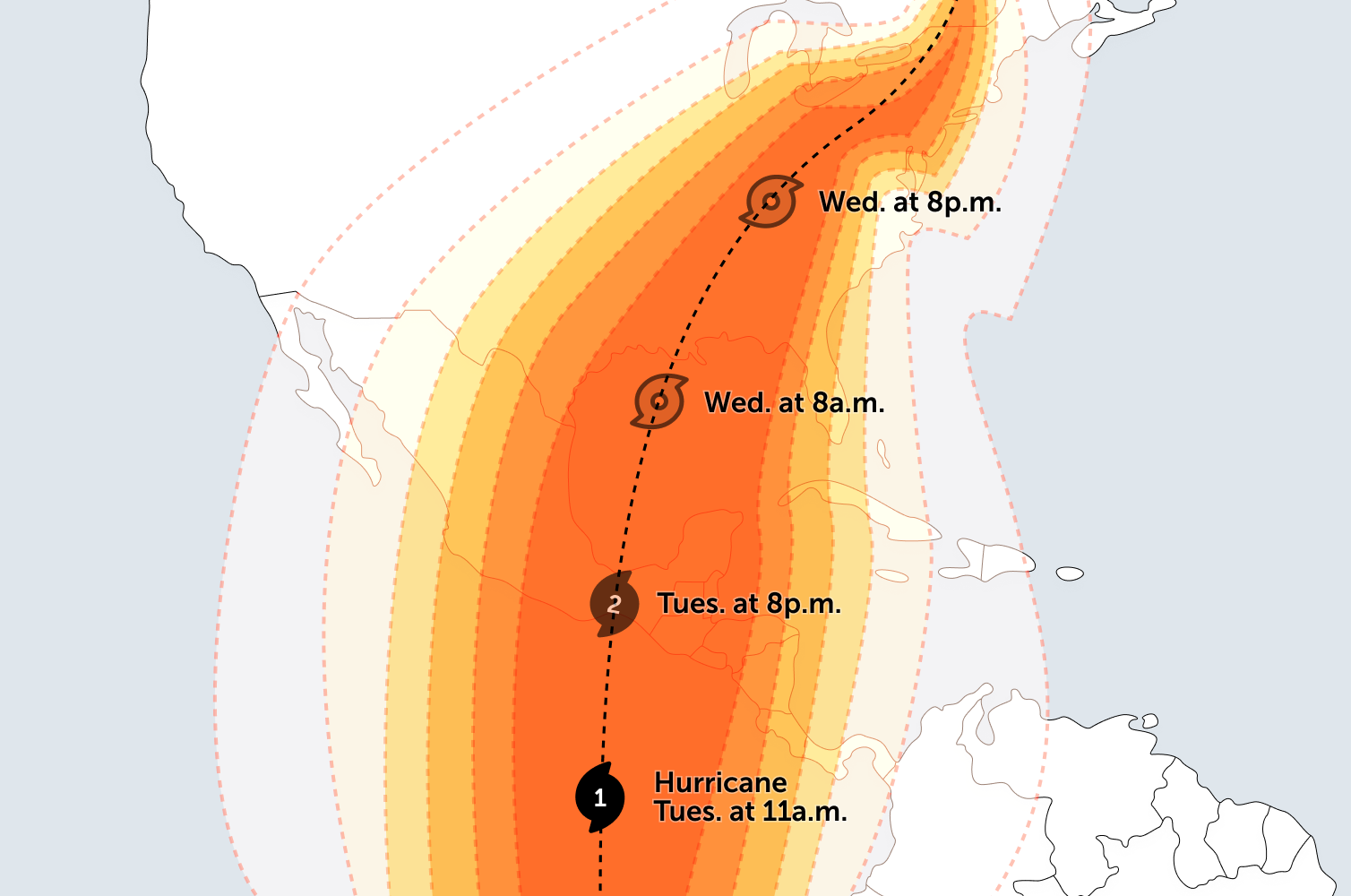








































Accuracy
Usability
Monitoring
Transparency
We distinguish between Primary Satellite-Derived Data Products and Advanced Insights. The latter are enhanced outputs that build upon or integrate the core insights from the Primary Products to deliver deeper, more actionable insights.
Currently, our available data products include:
Please get in touch to request our latest Tech Report for more information on each data product.
This is the main interface between Ocean Ledger and its clients. Built in-house, the dashboard offers:
Yes! Please fill out our online form, and we’ll get back to you with options to demonstrate our solution for your project.
Most flood-risk and cat risk providers leverage the same digital elevation models (DEM’s). Ocean Ledger provides a next-generation DEM that fuses bathymetry, shoreline and natural defenses, which are key variables in identifying where there is more or less storm surge risk along a coastline.